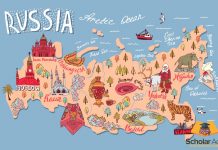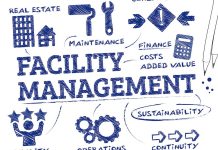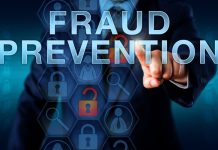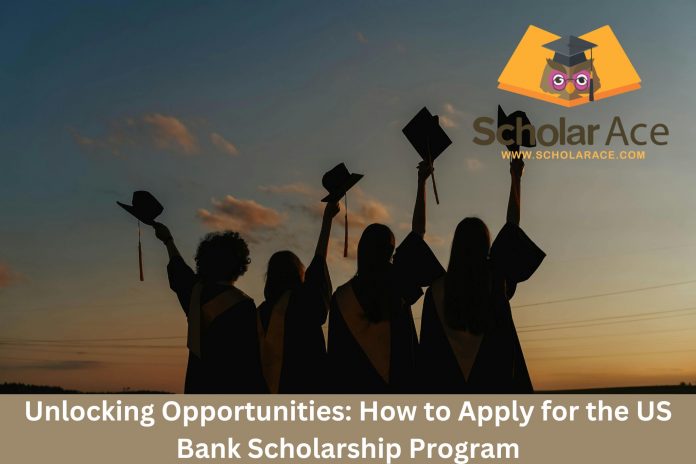The U.S. Bank Scholarship is a program offered by the U.S. Bank to award learners after completing the institution’s financial lessons. To be eligible, an applicant should be at least 17 years old. In addition, they should either be college-bound, waiting to join an accredited tertiary institution, or an undergraduate pursuing a course at an accredited two- or four-year physical or online university or college within the United States.

What is the US Bank Scholarship Program?
The US Bank Student Scholarship is an easy program for U.S. residents aged 17 or older. It is a no-essay scholarship opportunity for those who have been accepted to or have enrolled in any post-secondary institution and have applied to receive financial help funding their education.
Check out: Jackie Robinson Scholarship 101: Everything You Need To Know About This Prestigious Scholarship- April 2024
The U.S. Bank scholarship awards up to $20,000 to multiple incoming and current undergraduate students every year to those who complete some of the U.S. Bank’s “financial education lesson” modules. Each module takes approximately 1-2 minutes to complete, and the more students complete, the more money they become eligible to earn.
Applicants who complete 25+, 50+, 100+, and 200+ modules are eligible to receive $2500, $5000, $10,000, and $20,000, respectively. If this scholarship sounds like a fit for you, keep reading for more details on the US Bank scholarship application.
Read more: Burger King Scholarship: A Comprehensive Guide To Winning This Prestigious Scholarship
About the US bank
U.S. Bank is a banking institution that works in a way that it manages to meet its customers’ business and personal banking needs through a wide range of competitive products and services.
Who is Eligible for a US Bank Scholarship?
High school students accepted or enrolled as undergraduate students (for at least six credit hours per semester) as of September 1, 2025, at an eligible U.S.-based, accredited two- or four-year U.S. brick-and-mortar or online college or university (specifically excluding trade and vocational schools).
Undergraduate university students enrolled (for at least six credit hours per semester) as of September 1, 2025, at an eligible, U.S.-based, accredited two- or four-year U.S. brick-and-mortar or online college or university (specifically excluding trade and vocational schools).
Read more on: Choosing the Right Research Methodology: Ethical Considerations you must Keep in Mind While Crafting Your Scholarship Research Proposal
Applicants must be legal residents of the 50 United States and the District of Columbia. Students who have already graduated are not eligible. Applicants are supposed to be U.S. residents and undergraduate students. Due to the parameters of these sweepstakes, the funds cannot be applied to a graduate degree or a school outside the 50 United States and the District of Columbia.

How to Apply for a US Bank Scholarship Application?
By following these easy steps, you can register for the US Bank scholarship program.
- Fill out the registration form on the US Bank Student Scholarship website.
- Download the Zogo app and enter the correct access code: USBANK24.
- Start completing modules! You will be entered to win different scholarship amounts upon completing a minimum threshold of 25, 50, 100, and 150 modules.
On completion of 25+ modules, you enter to win up to $2,500
On completion of 50+ modules, you enter to win up to $5,000
On completion of 100+ modules, you enter to win up to $10,000
On completion of 150+ modules, you enter to win up to $20,000
When are Prizes Drawn?
Prizes are drawn twice a year. If you don’t win in Entry Period 1, keep completing modules to avail yourself of a chance to win later in Entry Period 2.
Entry Period 1
The first round of US Bank student scholarship prizes is drawn for modules completed in March-June. Winners are declared almost 4-6 weeks later.
Have a look at: Know Everything About Studying Abroad In Russia As An International Student
Entry Period 2
US Bank scholarship program prizes will be drawn for modules completed in March-October (the full scholarship period). In this period, winners are announced 4-6 weeks later. But please note that if you have already won Entry Period 1, then you are not eligible to win Entry Period 2.

When and How are the Winners Notified?
Prizes are drawn for modules completed by June 30 and October 30. Winners will be notified by GMR Marketing within 2-3 weeks of that date and then announced by U.S. Bank to all registrants another 3-4 weeks after that. This is due to sweepstakes laws and required paperwork.
Entry Period 1 – Winners will be announced in early August
Entry Period 2 – Winners will be announced in early December
The U.S. Bank Student Scholarship sweepstakes administrator, GMR Marketing, will contact winners. They will first try you by phone and then reach out by email.
Read more: Top Ten Art Scholarships to Look for in 2024
Seven awards are to be won, and winners are selected at random by an administrator under the supervision of a sponsor. The seven positions are two prize scholarship awards of $4,000 each, two first prize scholarship awards of $10,000 each, two campus banking prize scholarship awards of $1,500 each, and a grand prize scholarship award of $14,000. These different awards are directly paid to the winners’ respective universities or colleges to meet their academic needs.

Conclusion
Participants in the US Bank scholarship program earn more than just the cash awards. For example, they get an opportunity to learn different financial concepts and skills, such as budgeting, saving, and managing student loans. As one advances in the lessons, so does one’s financial literacy and skills.






























